Having to deal with a PR crisis is never a happy event. Especially if you don’t have a designed plan on how to put out PR fires.
Situations like these can seriously damage your brand image, reputation and cause incredible financial damages to your business.
? Read Crisis Management 101: How to Save Your Business When a Crisis Strikes
What can we learn from businesses that experienced crises?
- 34% agree that the most important lesson they’ve learned is that they should do more to identify crisis scenarios
- 29% would execute a more robust and timely communications plan
- 29% would communicate more effectively with their employees.
All these aspects are an integral part of PR crisis management.
In this blog we’ll go through its definition, how social listening helps along the way and we’ll explain some actionable measures you can take using the social listening tool Determ to best prepare for a PR crisis.

What is PR Crisis Management?
PR crisis management is a collection of procedures designed to identify and manage a PR crisis. These procedures are set with one clear goal – to preserve a company’s reputation and image, its employees, stakeholders, and brand in general.
If you think that a crisis is something that happens to somebody else, think again. A whopping 69% of business leaders reported experiencing a crisis within the last 5 years, with the average number of crises being three. This explains why 7 in 10 companies plan to increase their investments into building resilience in the next couple of years.

PR crisis management measures are usually divided into 3 categories:
- Before a crisis
- During a crisis
- After a crisis
And all of them rely on through research and a detailed communication plan. This includes an outline of actions that need to be taken, a list of people that should be included, and messages that should be shared.
These procedures depend on a couple of factors. Primarily on how well you know your target audience, how strong of a brand image you have and how well acquainted you are with your industry trends.
This is the kind of data you can get from a good social listening tool.
Read Crisis Communications Plan In 8 Steps
Using social listening tools to manage a PR crisis
Social listening tools like Determ monitor relevant keywords on millions of online channels, delivering relevant information to your feed. This way you can track mentions of your brand, competitors, industry trends, campaigns, etc. Ultimately, they give you valuable insights about your audience and a chance to react to a potential crisis on time.
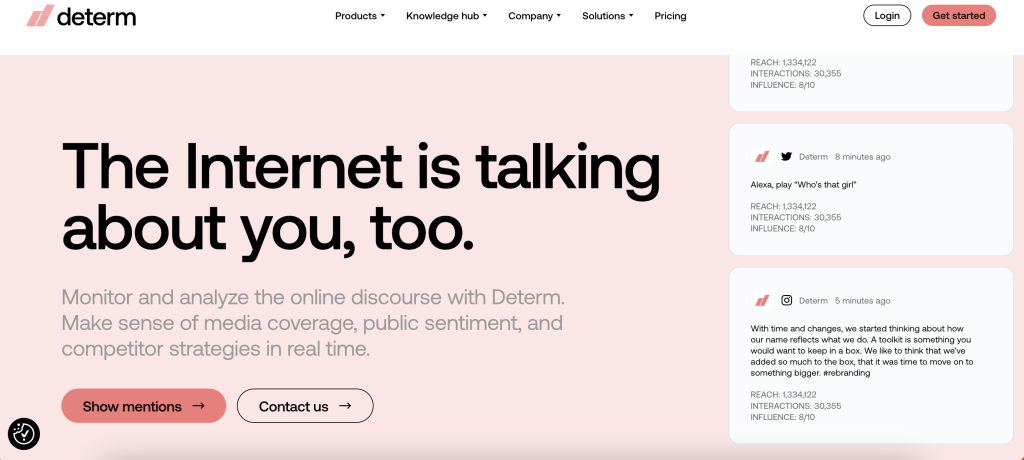
Remember, the more data you have, the easier it will be for you to predict a crisis and to prepare steps that can ultimately save the day. And if there’s one thing a good social listening tool can provide – it’s a lot of valuable data.
Let’s go through a couple of ways you can use social listening for PR crisis management.
How to Use Determ for PR Crisis Management
1. Set up relevant queries
First thing’s first – make sure you are tracking the right keywords. Though it may be tempting to add as many queries as possible, you need to know that you might get an overwhelming amount of mentions, which will be very difficult to monitor. So make sure to focus on the ones that really make sense. The first one you’ll want to track is the name of your brand. Others can include:
- Your products/services
- Key people
- Competitors
- Industry-related keywords
Also, when setting up your queries, think of all the name variations for your brand that your customers use.
Suppose you’re interested in online mentions of the fashion brand Dolce and Gabbana. In that case you will want to include D&G or Dolce & Gabbana in your query setup as well, since these are also frequently used by their customers.

Setting up your query like this will make sure that your feed includes all brand mentions. After that you can filter the results in many different ways – by source, sentiment, language, influence score, author, etc. This will give you the opportunity to segment your mentions in numerous ways and will offer an even clearer picture of your brand image on different markets.
2. Use real-time alerts
In the age where it takes a second for something to become viral, the best time to respond to a negative brand mention is – as soon as possible. Real-time alerts give you the opportunity to keep the situation under control.
With real-time alerts on, you get a notification to your email or your phone whenever your keyword is mentioned somewhere online. These are called Smart Alerts in Determ and they keep you in the loop on anything going on around your brand. This means that you can easily track your press releases and see their immediate influence. This way you can determine which media actually bring the promised results, and which collaborations you should maybe rethink. Not to mention the fact that you can respond immediately to comments on forums and social media the second you’re mentioned somewhere and turn a possible negative experience into a genuine customer experience success.
Like that time when British Airways flew a lost teddy bear back home. After a boy left his beloved toy on board, his mom did what every mom probably would – she tried to look for it via social media. BA noted the story, found the teddy bear and sent it back home to the kid. Not to mention the fact that they created an amazing social media story, documenting the bear’s journey and posting about it. Talking about amazing customer experience!
3. Spot trends and predict crises through sentiment analysis
But how can you know when a crisis will strike?
One of the features in Determ that can give you the power of predicting is sentiment analysis. It provides information about the general attitude that your audience has towards the keyword you’re interested in (your brand, campaign, competitors, etc.). It analyzes positive and negative words surrounding your keyword and determines the sentiment of the mention as positive, negative, or neutral.
There are 3 essential roles that sentiment analysis plays in PR crisis management. Firstly, a high influx of mentions with negative sentiment within a period can be an indication of a crisis brewing. You can filter your feed to monitor only mentions with negative sentiment and if the number of negative mentions continues to rise within a short period, you should start preparing a crisis communication plan.
Secondly, if you’re in the middle of a PR crisis, you can track how (or if) the sentiment towards your mentions changes over time and measure the success of your PR crisis management strategies. Thirdly, it can save you from a lot of trouble if it’s highly important for your business that all companies you collaborate with have a very positive brand reputation. This is something you can easily track within Determ.
Read Social Media Sentiment Analysis: A Guide
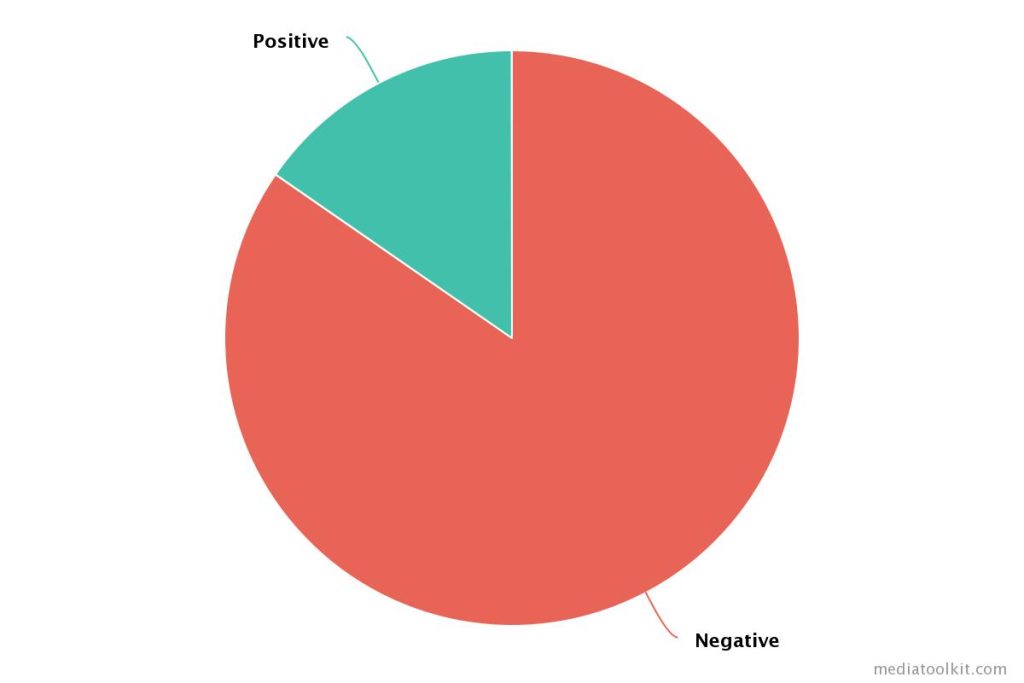
4. Use automated actions
If you’re dealing with a large number of mentions on daily basis, it can be hard to figure out which ones you should track to be sure that you’ll react to a potential crisis on time. This is where automated actions can help. Automated actions are pre-set rules you can use to automate the process of assigning tags and sentiments to your mentions. Sounds complicated? Here’s an example to clarify.
Since we’ve mentioned D&G, remember 2018, and their huge social media flop which ended up in enormous financial loss and serious damage to their brand reputation? Let’s recall.
D&G PR disaster
November, 2018. D&G team getting ready for the big fashion show in China. To announce and warm up for the event, they published a couple of videos displaying an Asian woman all dressed up, eating Italian dishes with chopsticks. Raised an eyebrow? Wait for it, that’s not all.
If this display of a woman attempting to hold a piece of pizza with chopsticks wasn’t enough, they added a male voice-over giving instructions to the lady. Within 24 hours it raised so many accusations of racial discrimination and cultural ignorance, that D&G finally decided to remove the videos, stop the campaign and cancel the show. As a result, some of the biggest e-commerce companies in China removed their products from their offer. What a mess!
If you’re a global brand like D&G, your social listening feed will probably be stuffed with a lot of mentions. This may make it difficult for you to track mentions related to a specific crisis you may have experienced. In the midst of a crisis like this, you can set up automated actions and assign tags to all mentions about a problematic campaign. In this way you will be able to track the progress of the crisis more thoroughly. You can decide to change something in your PR crisis management procedures if the sentiment doesn’t not change within a certain period, check if it affected other markets around the globe as well and make more informed decisions on your further steps.
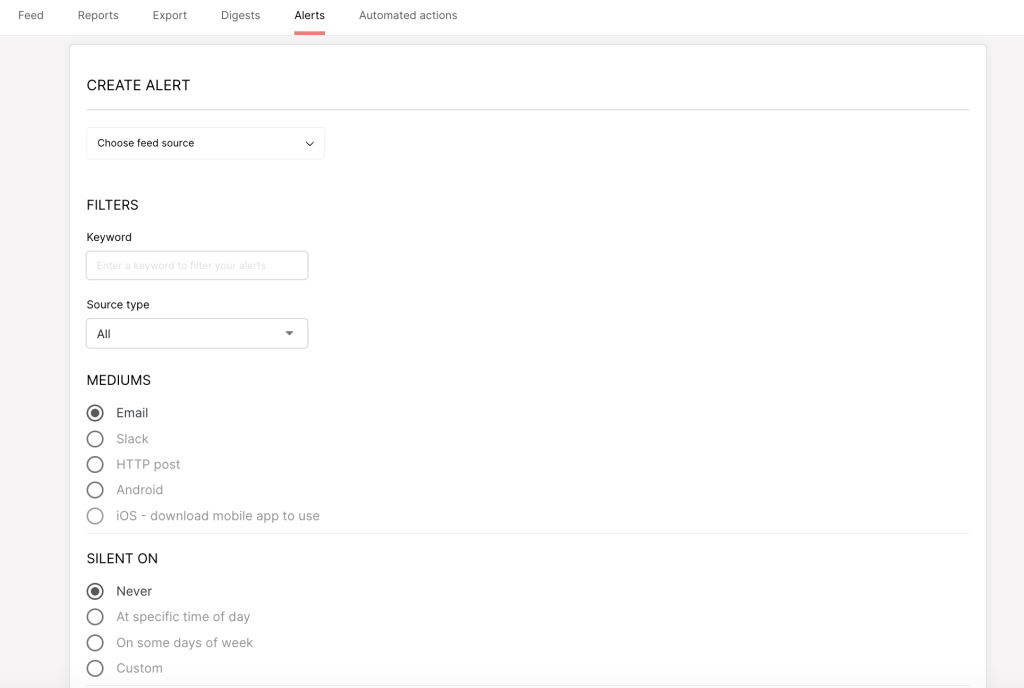
5. Learn from your competitors
Tracking what your competitors are doing is vital for numerous reasons. For starters, you are targeting the same audience, so you can easily measure who hits the sweet spot better. But not just that – when a crisis strikes, it’s good to see how others handle it and make adjustments to your strategy. What is more, if you’ve had a similar strategy in mind, then it’s also good to see if it would work out or not.
All you need is to set up their brand names as queries in Determ, and start tracking.
Converse scandal
Let’s say you work for Puma. You’d probably want to keep an eye on what Adidas, Nike and Converse are doing. And since we’re talking about PR crisis management, you might want to know how Converse handled recent accusations of stealing rejected intern’s design. You will open a new folder, name it Converse and set up a query to get mentions exclusively about that case. You should include the name of the intern or words like stealing, scandal or intern in your query setup.
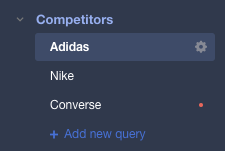
Just to give you a bit of context – what happened is that a Florida designer applied for an internship in Converse in 2019, got rejected and is currently accusing Converse of stealing her ideas, since their new line of sneakers resembles very much to what she applied with. She took it to TikTok where it went viral in a matter of days, with thousands of messages of support to her and accusations against Converse.
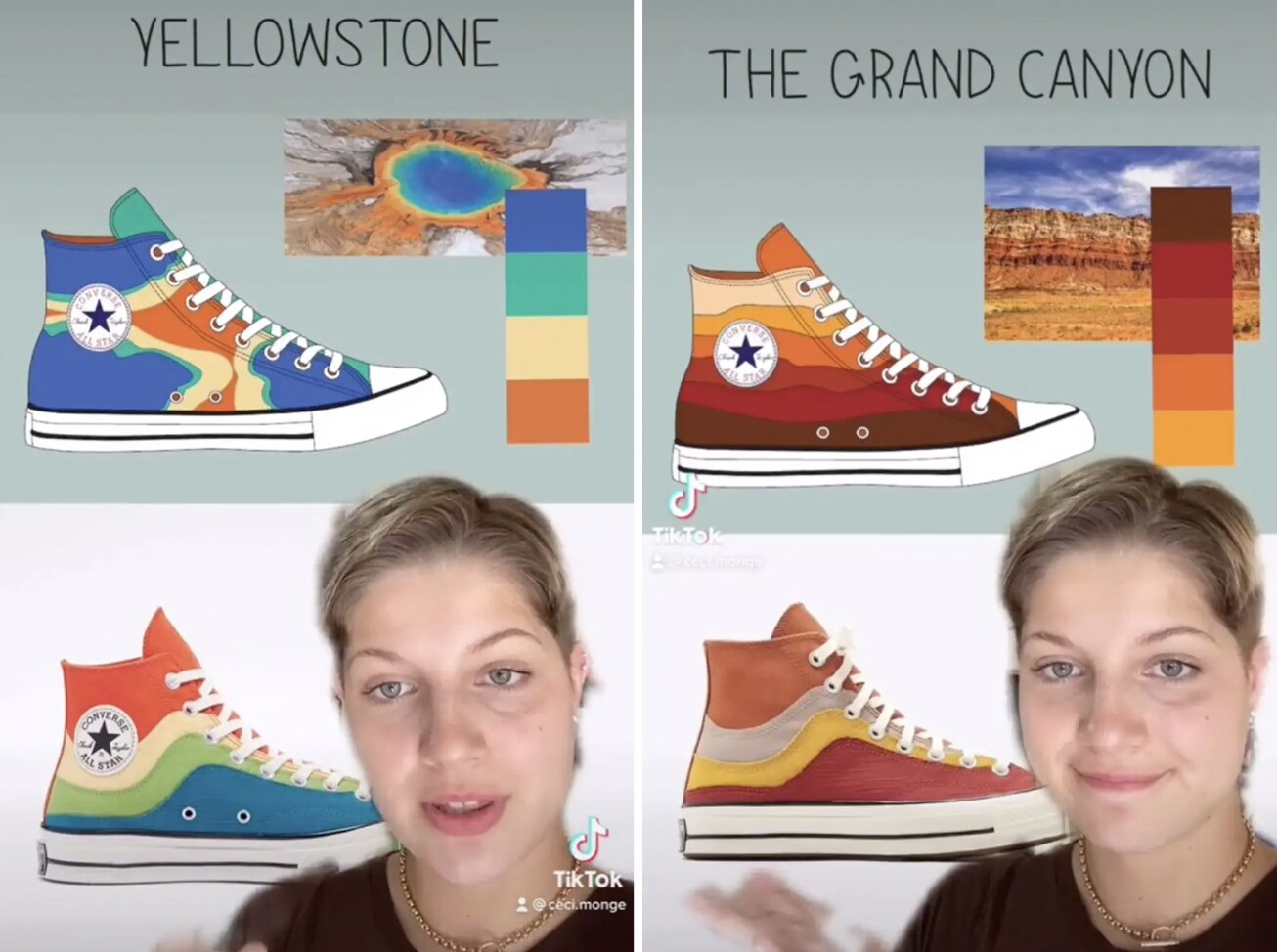
How they handled it? With an official statement saying that the accusations are not true. Was that good enough? Well, you can see this information within Determ.
You can easily track how the sentiment changes, over time, what people are saying and how Converse is handling the entire situation.
To Sum Up
As said, having to deal with a PR crisis is never a happy event. A good PR crisis management approach would be to take as many data as possible into consideration, when outlining a crisis strategy. In this context, social listening tools are an incredible source of unbiased information that you can use to prepare your plan throughly.
Crises will always happen, this is something that we don’t have much influence on, but what we can control is how we deal with them.
If you’d like to learn how to mitigate a crisis with Determ, book a demo with one of our experts and we’ll make sure to provide all the info relevant for your industry.



